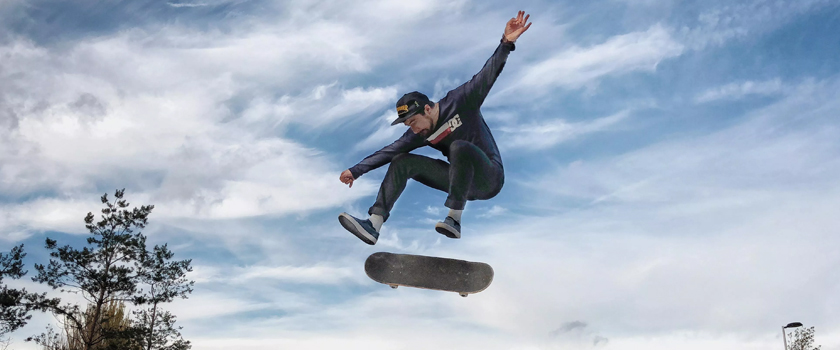Action Shot
Technically, we live in a moving world, everything around us is in motion including ourselves. There is no absolute static but relative motionless. Some things move fast, such as a bullet, a flying swift, a running leopard, while some things not that fast, like a snail, a turtle, all growing plants.
Things around us move, but with our great picture catcher “camera”, we can say we have found a creative way of capturing and conveying this motion to our viewers. And all of this kind of capturing we call it action shot.
When you have picked up a subject you must decide how you want to convey the motion to your cam.
When you take a photo to capture an obvious action, to freeze it is the most effective way. There are some examples like a boy during the jump process with his feet 1 meter off the ground or a flying bullet breaking through an red apple, or a pear dropping off into water.
When you shoot some obvious things that does not exist in the real world without motion, the freezing way may be a great idea to capture a fleeting moment at when our eyes cannot feel.
There is another kind of action capturing with blurring motion in the picture that shows a motion is taking place. This kind of image gives us a different dramatic feeling, like flowing water in creek, a running car at night with a long red tail which is formed by moving auto lamp, a blurry piece of cloth organized by falling rain drops, a busy street crossing on which there are flowing people and cars like water and lots of buildings standing around still.
Usually these are two methods of capturing moving objects. The freezing motion and blurring motion can also be combined in a single image under conditions which you have controlled.
Shutter is the main tool through which photographers have for controlling motion frozen or blurred. Selecting a fast or slow speed of shutter makes you capture a freezing or a blurry moment. The speed needed to lock a moving moment varies greatly according to the subjects and the relation between them and the camera.
Take a breaking through bullet for example you may need a speed of 1/2000 of a second or faster, while to freeze a high jumper you just need to adjust the speed to 1/250 of a second all that is required.
Once you have decided which you need, freezing action ,blurring action or mixed them both together, you must control the placement of the subject in your photos. Some rules such as leading lines, centering, rule of thirds, vision depth and perspective still apply to action shot, the main consideration in action shot is not just pausing the movement in the frame.
If you are taking a photo of a high-jumper and the high jumper is literally running into your view, the visual impact is to cover the high jumper and freeze the motion. Remember in action shot you are sure to leave some room for the high jumper to that the motion can continue. Be sure there is enough room for the subject to continue the motion to the edge of the picture, a visual sense of continuation of the motion.
There is often only very short section of time for us to capture the moment that we would like to record in action shot. Many modern camera take along burst feature, however it is not always a good choice in action shot. These pictures are taken at a steady time interval, there is a great possibility that you might miss the key moment.
This feature only applies to some continual actions like a bird might flap the wings for several seconds. During this kind of process, burst mode might offer you some frames to select from, but in short one-time action like a breaking through bullet, burst mode may let you very down.









